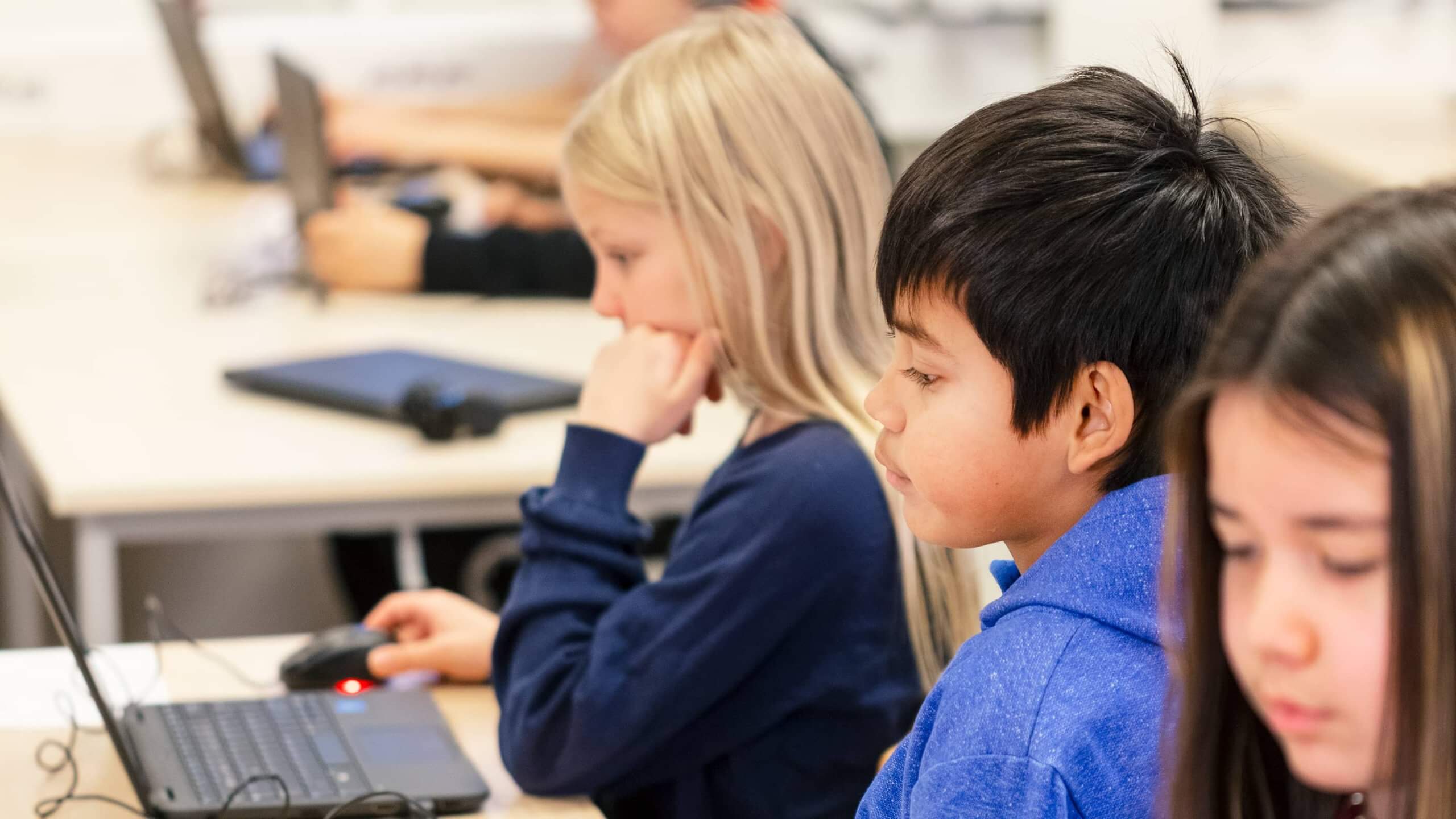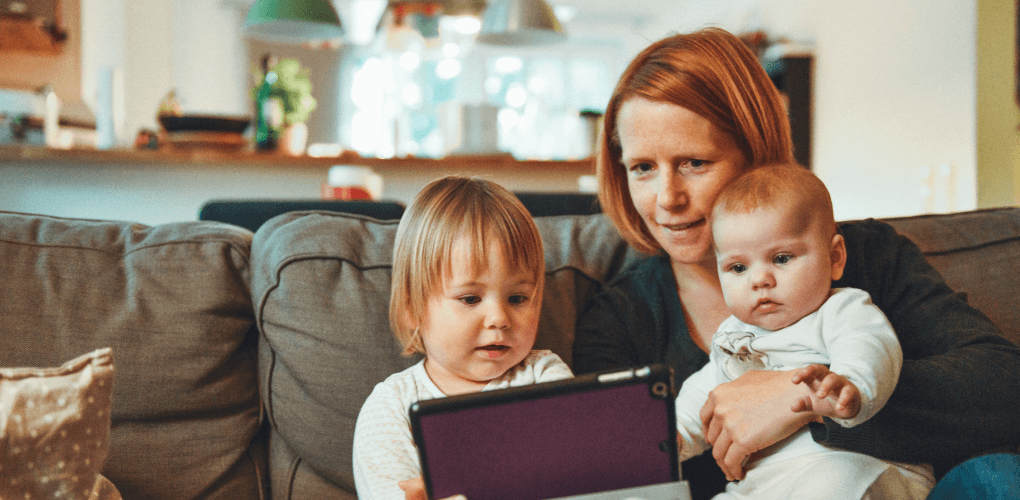
The landscape of parenting has undergone a profound transformation in the digital age, evolving from traditional methods of supervision to the integration of advanced technology. Today, parents are leveraging a variety of digital tools to monitor their children’s activities and ensure their safety. Let’s delve into the contemporary shift towards digital oversight, exploring the plethora of wearable and connected devices that have become integral to modern parenting.
The Advent of Wearable Technology for Child Safety
Wearable technology has become a game changer in parental surveillance, providing real-time data and peace of mind for parents. GPS trackers embedded in watches and clothing enable parents to monitor their children’s location, ensuring they are safe and secure. These devices often come with additional features such as geofencing, which alerts parents if their child leaves a predefined safe zone. The use of these wearables promotes an additional layer of security, allowing parents to stay connected and informed.
The Role of Smartphones and Applications
Smartphones have become ubiquitous, and their role in child safety is paramount. Parents are now using a variety of applications designed to track their children’s location, monitor their online activity, and restrict access to inappropriate content. Applications like Qustodio and Norton Family provide comprehensive solutions for digital parenting, ensuring children are safe online and offline. Parents can mitigate the risks associated with digital exposure by setting usage limits and monitoring activity, fostering a safer online environment.
The Integration of Home Security and Parental Surveillance

The concept of home security has expanded beyond the traditional alarm system, integrating with parental surveillance through smart home devices. Parents can now monitor their children’s activities at home using connected cameras, sensors, and voice-activated assistants. These devices provide real-time alerts and footage, ensuring children are safe even when parents are not physically present. Integrating these technologies provides a holistic approach to child safety, addressing physical and digital risks.
Ethical Considerations and Responsible Use
While the benefits of digital parental surveillance are clear, addressing the ethical considerations surrounding its use is imperative. Striking a balance between ensuring safety and respecting privacy is crucial. Parents must practice responsible monitoring, be transparent with their children about using surveillance tools, and foster an environment of trust. It is essential to involve children in conversations about safety and privacy, empowering them to understand and navigate the digital world responsibly.
The Digital Safety Ecosystem and Its Implications for Parent-Child Dynamics

As we dig deeper, the rise of the digital safety ecosystem has not just provided tools for surveillance; it has redefined the parent-child relationship dynamics. The immediacy and accessibility of information can both comfort and overwhelm. Consequently, the digital age has introduced new conversations around trust, autonomy, and the evolving notion of childhood independence.
The Evolution of Digital Literacy and Parenting Strategies
With the advent of digital platforms, it’s about watching over children and educating them. Digital literacy has become a cornerstone of modern parenting, with guardians taking on the role of teachers in the realms of internet safety, cyberbullying awareness, and digital footprint management. This section will explore how parents are adapting their strategies to include digital education as a fundamental aspect of child-rearing.
Data Security and the Protection of Minors
As surveillance technology grows more sophisticated, so do the threats against personal data security. Parents must now become custodians of their children’s digital identities, safeguarding sensitive information against potential breaches. This segment will delve into best practices for securing data within family-centric technology.
Balancing Supervision with Empowerment
In this digital epoch, there’s a thin line between protective oversight and intrusive monitoring. This segment will discuss how parents are finding equilibrium by empowering their children to make smart digital choices, promoting self-regulation over imposed controls. It will underline the importance of building resilience in children to navigate the digital landscape proactively.
Long-term Impact of Surveillance on Child Development

The implications of surveillance on child development are vast and complex. Psychologists suggest that excessive monitoring may impact a child’s ability to develop independence and problem-solving skills. This part will examine the research and expert opinions on the developmental consequences of digital surveillance.
The Future of Parental Surveillance Technologies
Looking forward, the field of parental surveillance technologies is rapidly advancing. Emerging trends and future prospects, such as AI-driven monitoring and predictive analytics, will be scrutinized for their potential benefits and ethical dilemmas.
The International Perspective on Digital Child Safety
Lastly, an international perspective on digital child safety will be considered. Different cultures and countries adopt varying stances on privacy and child-rearing, impacting the use and regulation of surveillance technologies. This section will provide a comparative analysis of global approaches to digital parenting.
The digital age has revolutionized parental surveillance, providing innovative solutions to ensure children’s safety. Wearable technology, smartphones, and smart home devices have become pivotal tools in modern parenting, offering peace of mind and a connection like never before.
As we embrace these advancements, it is paramount to navigate this landscape responsibly, balancing safety with privacy and fostering open communication. By doing so, parents can harness the power of technology to protect their children while promoting autonomy and trust. The future beckons with the promise of further innovations in this field, urging continual adaptation and vigilant evaluation of the impact on our most vulnerable citizens—our children.
Alex Jordan
Related posts
Stay connected
Today's pick
- The Importance of Professional Handyman Services for Your HomeYour home is your sanctuary, a place of comfort and security, but maintaining it can be a daunting task. From routine maintenance to unexpected repairs, there’s always something that needs attention. While many homeowners might be tempted to tackle these jobs themselves, not all tasks... The post The Importance of Professional Handyman Services for Your […]

